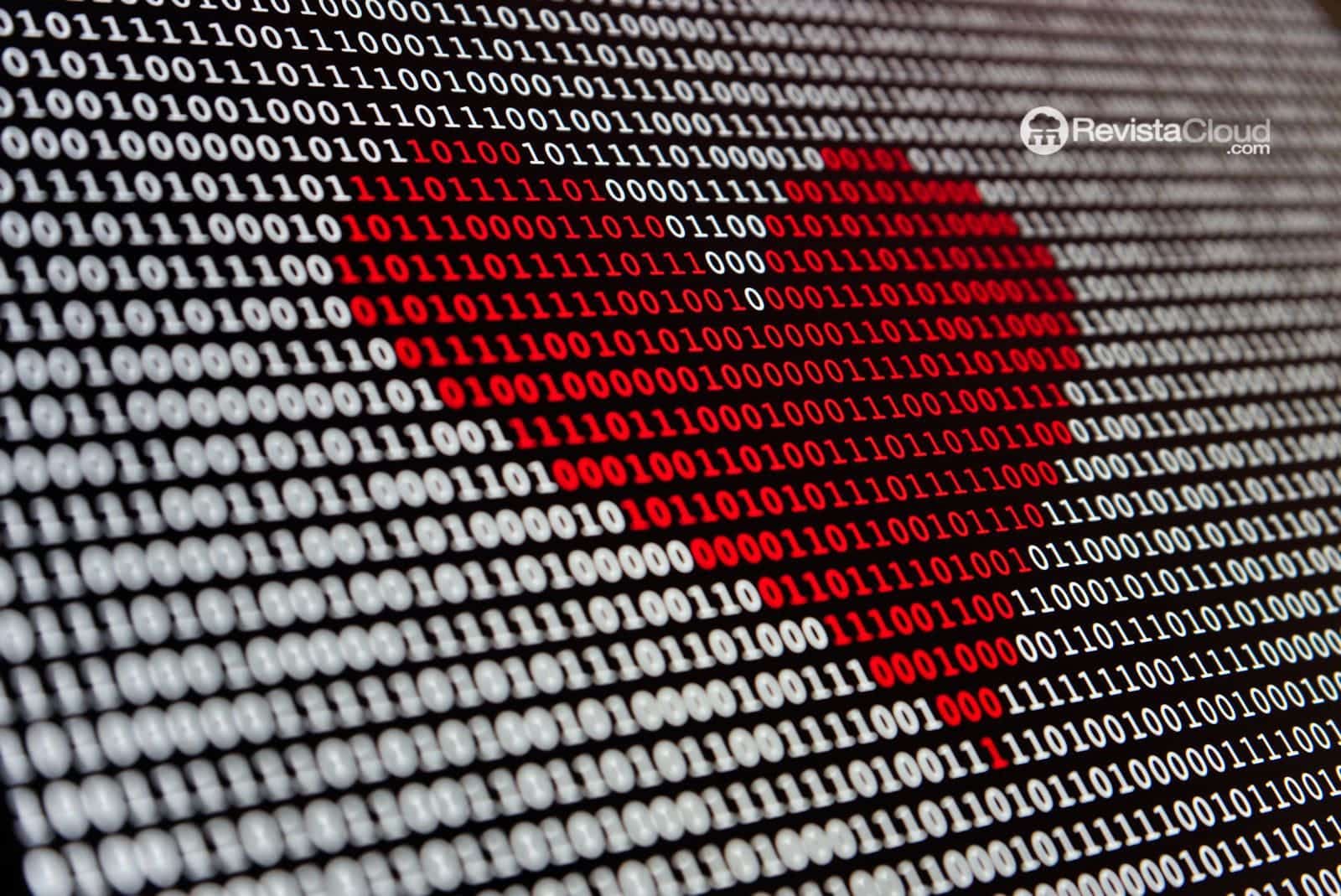The proliferation of hybrid work, the massive use of cloud applications, and data mobility have completely transformed the cybersecurity landscape. In this context, traditional data protection methods—based solely on content inspection—are no longer sufficient. This is the warning from Cyberhaven, which advocates for the urgent need to incorporate the concept of data lineage as a fundamental pillar in any modern defense strategy.
However, not all data lineages are created equal. According to the company, many providers are selling an incomplete idea: what they call “local lineage” does not offer the complete visibility that organizations need to protect their most sensitive information.
Why lineage matters more than ever
Pattern-based content inspection—such as identifying numbers that resemble credit cards or email addresses—has been the standard for detecting sensitive information for years. However, this approach has significant limitations:
- It does not work with encrypted content.
- It generates a large number of false positives.
- It does not provide context on how a piece of data was created or manipulated.
To truly understand the risk of a potential incident, security teams need to know where the data comes from, how it has been transformed, who has touched it, and what tools have been involved. That is the level of context that global data lineage provides.
Local lineage vs. global lineage: a critical difference
Cyberhaven distinguishes between two types of lineage:
- Local lineage: analyzes only the interactions between a specific person or device and a file. It is useful but blind to the rest of the journey that the data has taken within the organization.
- Global lineage: reconstructs the complete history of the data through all its interactions across endpoints, clouds, users, SaaS tools, and more. It is the only method that can provide real protection against the risk of leakage or misuse of critical information.
The problem, according to Cyberhaven, is that many security tools promise lineage but only offer the limited (local) approach, creating a false sense of coverage and security.
A practical example: from Snowflake to Dropbox
Imagine that a file with customer data is downloaded from Snowflake, emailed to several colleagues, uploaded to Google Sheets, modified, and then downloaded by another user, who saves it in their personal Dropbox before leaving for a competitor.
A local lineage solution would hardly detect the last step.
A global lineage solution, however, would be able to reconstruct the entire flow: from its creation to every transformation or user that manipulated it, including potential signs of obfuscation, encryption, or unauthorized sharing.
Cybersecurity that understands behavior, not just content
To provide this level of visibility, Cyberhaven has developed its own graph database. Existing commercial solutions were not capable of scaling effectively when data accumulated more than 10 or 15 “hops” between users, platforms, or devices. Cyberhaven claims to easily handle hundreds of steps or “hops,” something that is increasingly necessary in large and distributed organizations.
The company also proposes a series of questions that any organization should ask itself to distinguish between a real data lineage solution and one that merely claims to provide it:
- Can it trace the flow of data from its origin?
- Can it identify how and by whom it was modified?
- Does it classify the data based on its history, and not just its content?
- Does it allow tracing information beyond files (copy/paste between apps, for example)?
An extra layer for a more complex environment
Global data lineage does not replace other security measures, but it does critically complement them. It helps to prevent exfiltration, provides traceability for audits and investigations, and adapts better to a world where data flows freely between clouds, devices, and geographies.
In the words of Cameron Galbraith, Product Marketing Director at Cyberhaven:
“Global data lineage is not just another feature; it’s the new standard for protecting data in modern organizations. If a tool can’t see the whole picture, it’s doomed to fail at some point.”
For organizations looking to strengthen their posture against internal risks, information leakage, and regulatory compliance, the conclusion is clear: without context, there is no security. And that context can only be provided by a global view of the data.
Source: Cyberhaven

